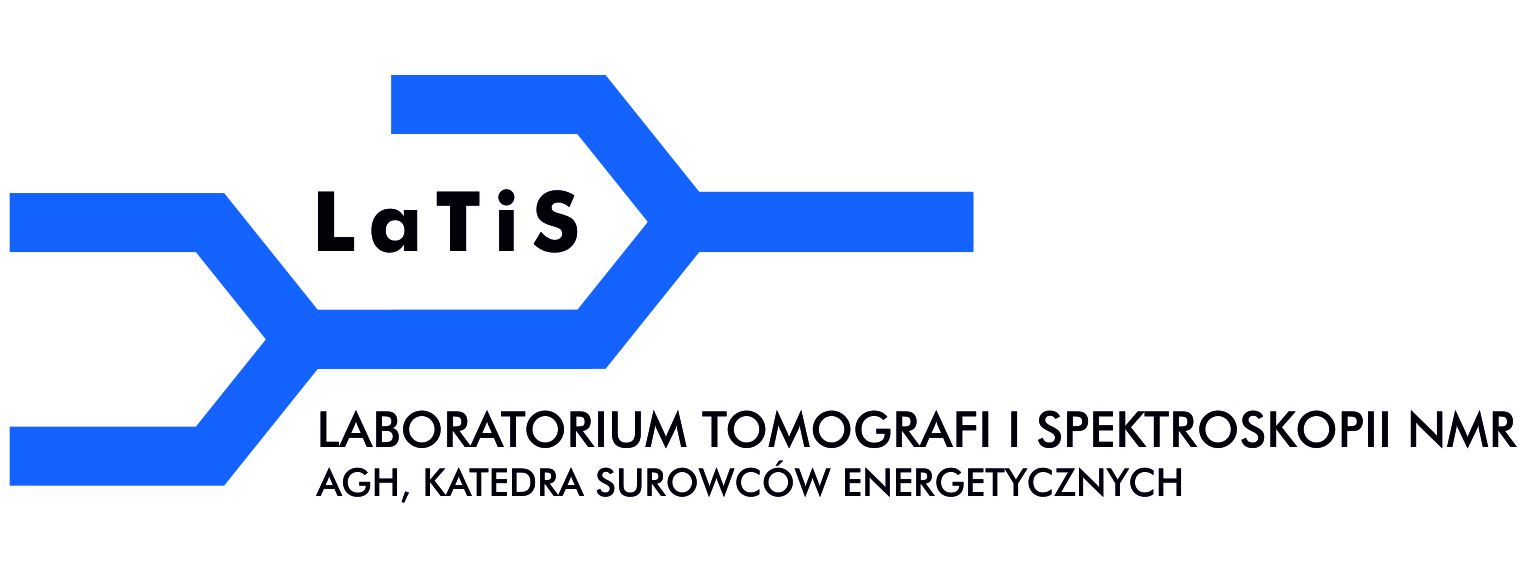
The aim of the project is to assess the clinical usefulness of post-processing correction of MRI images using the innovative BSD (B-matrix Spatial Distribution) technology, tested so far in preclinical conditions, in monitoring the course of the disease in patients diagnosed with relapsing-remitting multiple sclerosis (MS), and also the possibility of using it to create evaluation algorithms based on artificial intelligence (AI).
Currently, nuclear magnetic resonance tomography (MRI), performed using T1-dependent and T2-dependent sequences, FLAIR and DWI, in some cases extended by additional DTI and DIR sequences, is the standard method for imaging changes in the central nervous system in MS. In some patients, standard imaging methods prove to be insufficient to assess the severity of pathological changes in MS – inflammatory (i.e. demyelinating, including active, enhancing after contrast agent administration) and degenerative (i.e. increasing brain atrophy, the rate of which in patients with MS is about 6-10 times faster compared to healthy people. As a result, the inclusion of appropriate therapy or its modification is delayed, which results in deterioration of the patient’s prognosis regarding performance. It is estimated that in about 20% of patients who receive the so-called I line therapy (i.e. with a good safety profile but moderate efficacy), disease control is suboptimal – patients still show clinical (disease outbreaks) and radiological (new changes in the T2 sequence and / or enhancing changes after contrast in the T1 sequence). In such patients, it is possible to quickly qualify for high-efficacy therapy (so-called second-line drugs), because – as previous studies have shown – this is associated with improved long-term prognosis. Unfortunately, the limitations of conventional MRI, such as the inability to detect cortical changes (their presence in the DIR sequence is associated with increasing disability, including cognitive function) and assessment of the degenerative process (density of nerve fibers in a tractography study) may contribute to delaying the start of second line drug therapy.
The BSD (B-matrix Spatial Distribution) method, eliminating homogeneous field-specific distortions in the field assumptions, which is a source of systematic imaging errors, tested so far in preclinical conditions, should provide additional information useful in clinical practice. The study will be conducted on a group of 150 patients with relapsing-remitting MS who are in standard neurological care and a control group of 75 people. In both groups, MRI results obtained by the standard method and after BSD correction (BSD-DWI and BSD-DTI, respectively) will be compared. Then, the results of the MRI analysis will be correlated with the clinical status of the patient and the control group with particular emphasis on cognitive impairment (extended neurological assessment). In addition, the resulting MRI images will be the input material for developing the assumptions of algorithms for automated analysis of research based on artificial intelligence (AI). For segmentation and detection of objects in the brain will be used, currently considered the most effective algorithms, hierarchical models based on deep learning (DL).
The obtained conclusions will allow the assessment of clinical benefits resulting from the application of the examined technology and determining its place in the scheme of treatment of MS patients, as well as provide data for the development of a working version of algorithms that automate the assessment process of MRI images in MS patients.
